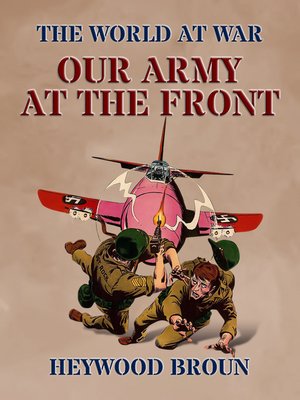
Sign up to save your library
With an OverDrive account, you can save your favorite libraries for at-a-glance information about availability. Find out more about OverDrive accounts.
Find this title in Libby, the library reading app by OverDrive.



Search for a digital library with this title
Title found at these libraries:
| Loading... |
[...]" ...would have news of him, fully and authentically, no matter what happened to him. So Mr. Allen posted his representatives in every hospital, in every trench sector, and through them kept track of every soldier. If a man was taken prisoner Mr. Allen knew it. If he was wounded Mr. Allen knew just where and how. The man's family was told of it immediately. Presently, where this was possible, Mr. Allen's representative was writing letters from the wounded men to their relatives, and was receiving all Mr. Allen's news of these relatives for the men in the hospital. In addition to things of this kind, done by Red Triangle men, Red Cross men, and the Salvation Army and the Knights of Columbus, all these organizations worked together to effect distributions of comfort kits and sweaters, gift cigarettes and chocolate, and all the dozen and one things that made the soldiers find life a little more agreeable. There was more than co-operation from the army itself. There was the deepest gratitude, openly expressed, from every member of the army, whether general or private, because it was a recognized fact that, though an army cannot do these things itself, it owes them more than it can ever repay. CHAPTER XVI INTO THE TRENCHES AFTER months of training behind the lines the doughboys began to long for commencement. It came late in October. The point selected for the trench test of the Americans was in a quiet sector. The position lay about twelve miles due east from Nancy and five miles north of Luneville. It extended roughly from Parroy to Saint-Die. Even after the entry of the Americans the sector remained under French command. In fact, the four battalions of our troops which made up the first American contingent on the fighting-line were backed up by French reserves. No better training sector could have been selected, for this was a quiet front. American officers who acted as observers along this line for several days before the doughboys went in found that..."[...]






